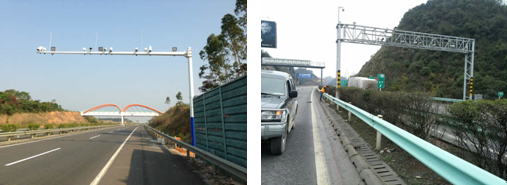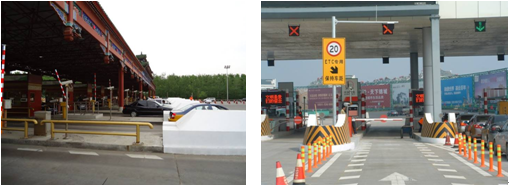Highway Electromechanical Engineering Solution
Highway electromechanical systems are divided into five major components: the monitoring system, toll collection system, low-voltage power supply and distribution system, lighting system, and tunnel electromechanical system.

Monitoring System
The highway monitoring system is composed of three key components: the information collection subsystem, the monitoring center, and the information provision subsystem. The information collection subsystem features vehicle detectors, weather sensors, emergency telephones, and patrol vehicles. The monitoring center serves as the central control hub for the entire highway system, overseeing and managing traffic conditions across all routes. The information provision subsystem includes traffic signs, markings, and signals, which are essential for effectively guiding drivers and managing traffic flow.

Toll Collection System
The highway toll collection system is typically organized into three management levels: toll stations, toll sub-centers, and toll main centers. A typical toll station comprises a computer network system for monitoring, a computer control system for toll lanes, a video surveillance system, an intercom system, and an alarm system. This structure ensures efficient management and operation of toll collection processes.

Low-Voltage Power Supply and Distribution System
The highway power supply and distribution system operates as an independent framework that supports the other systems, ensuring the overall functionality of the electromechanical setup. It typically utilizes centralized or semi-centralized power sources, drawing high voltage (10kV or 35kV) from a power plant or a nearby high-voltage grid to the highway's substation. Here, step-down transformers convert the high voltage to a supply voltage of 220V/380V, which is then distributed to the relevant electrical equipment through low-voltage distribution panels and transmission lines.

Lighting System
The highway lighting system consists of six components: lighting standards, lighting methods, lighting control, lamps and light sources, light poles, and the lifting mechanisms for high mast lights. Together, these elements ensure effective illumination of the highway, enhancing safety and visibility for drivers.



